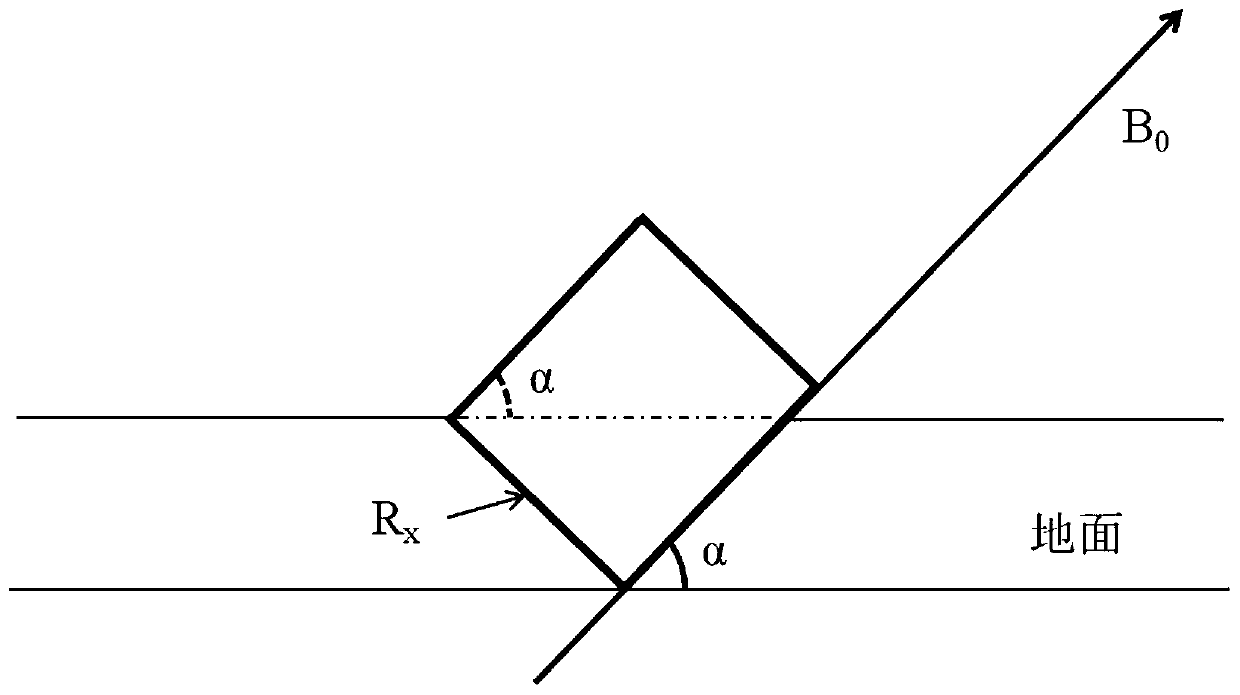Magnetic resonance nondestructive in-situ detection device for underground organic pollutants and detection method
A technology for in-situ detection of organic pollutants, applied in the field of geophysical exploration equipment, can solve problems such as easily damaged geology and secondary pollution, and achieve the effects of improving the signal-to-noise ratio, eliminating the influence, and increasing the amplitude of the magnetic resonance signal.
- Summary
- Abstract
- Description
- Claims
- Application Information
AI Technical Summary
Problems solved by technology
Method used
Image
Examples
Embodiment Construction
[0034] In order to make the object, technical solution and advantages of the present invention more clear, the present invention will be further described in detail below in conjunction with the examples. It should be understood that the specific embodiments described here are only used to explain the present invention, not to limit the present invention.
[0035] Such as figure 1 As shown, the nuclear magnetic resonance of hydrogen protons includes three processes: before excitation, hydrogen protons are in a stable state, and their magnetic moment is in line with the geomagnetic field B 0 The direction is the same; during the excitation process, the magnetic moment of the hydrogen proton is pulled down along the direction perpendicular to the geomagnetic field; after the excitation, the magnetic moment of the hydrogen proton returns to the equilibrium state, and the nuclear magnetic resonance signal is generated during the return process, that is, the emission relaxation pr...
PUM
 Login to View More
Login to View More Abstract
Description
Claims
Application Information
 Login to View More
Login to View More - Generate Ideas
- Intellectual Property
- Life Sciences
- Materials
- Tech Scout
- Unparalleled Data Quality
- Higher Quality Content
- 60% Fewer Hallucinations
Browse by: Latest US Patents, China's latest patents, Technical Efficacy Thesaurus, Application Domain, Technology Topic, Popular Technical Reports.
© 2025 PatSnap. All rights reserved.Legal|Privacy policy|Modern Slavery Act Transparency Statement|Sitemap|About US| Contact US: help@patsnap.com



